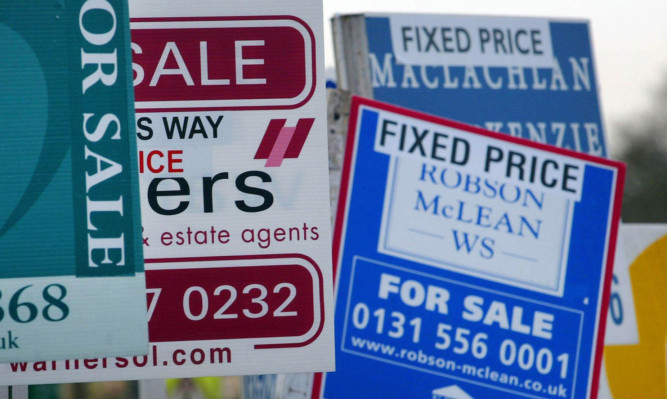House prices in Scotland are expected to rise at the slowest rate of any part of the UK except the north of England in the next year, according to surveyors.
The Royal Institution of Chartered Surveyors (RICS) said house prices will grow by 4% in Scotland, compared with a UK average of 6% and an expected growth of 8% in the UK’s fastest-rising region, East Anglia.
Only the north of England will see slower growth than Scotland at 2.9%, according to RICS.
The strongest areas of the UK for sales are predicted to be the North East, Wales, Scotland and Northern Ireland.
RICS chief economist Simon Rubinsohn said: “Housing has clearly leapt up the government’s agenda but despite the raft of initiatives announced over the past year, the lags involved in development mean that prices, and for that matter rents, are likely to rise further over the next twelve months.
“Lack of stock will continue to be the principal driver of this trend but the likely persistence of cheap money will compound it for the time being.
“Looking further out, there is some justification for taking a more optimistic view of new build with significant incentives being put in place to deliver starter homes.
“While this may not on its own stem the upward trend in house prices, it could help to slow the rate of growth to something closer to the probable rise in household incomes.
“Critically, our principal concern with the measures announced by the government is that they are overly focused on promoting home ownership at the expense of other tenures.
“Discouraging buy-to-let could see private rents take even more of the strain if institutional investment doesn’t increase significantly, particularly given the likely reduced flows of social rent property going forward.”
